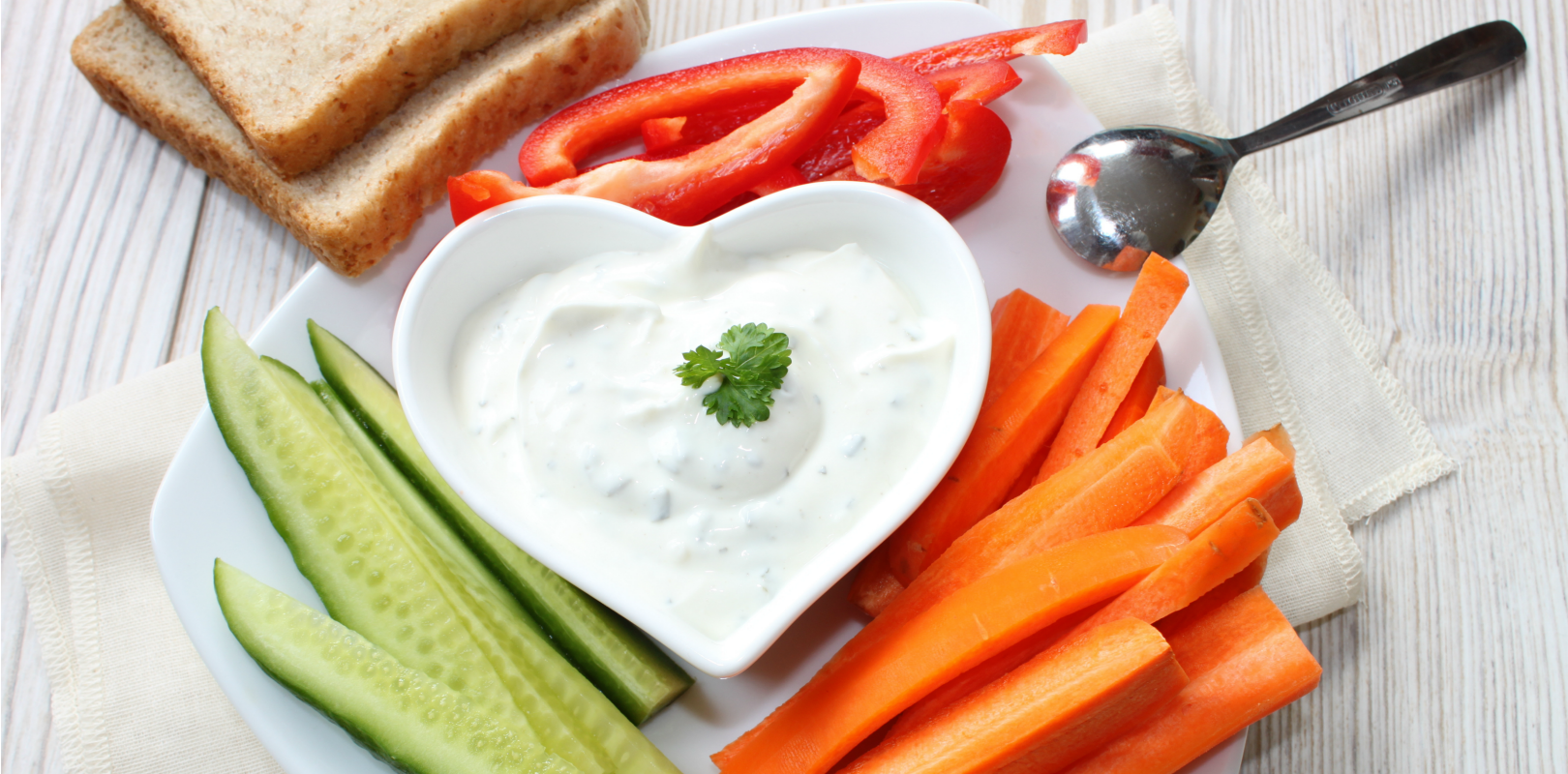Food-based approach
Science advances support the importance of specific foods and overall diet patterns, rather than isolated nutrient targets, such as low-fat or low-saturated fat diets. Mozaffarian concludes on the following dietary priorities: more minimally processed foods, such as fruits, nuts, non-starchy vegetables, legumes, whole grains, seafood, yogurt and vegetable oils; and fewer red meats, processed (sodium-preserved) meats and foods rich in refined grains, starch, added sugars, salt and trans fat.
Consistency in yogurt beneficial effect
The whole dairy category does not provide the same concordance in relation to cardiometabolic health effects. In longitudinal studies, evaluating habitual intakes of dairy foods, relationships with cardiometabolic diseases, such as CVD do not consistently differ by fat content, but appear more specific to food type, eg. yogurt, cheese, milk, butter. Current science supports consuming more yogurt and possibly cheese, with the choice between low-fat versus whole-fat being personal preference.
The possible role of dairy fat
Dairy fat itself may promote cardiometabolic health. The author reports that in cohorts, using objective blood biomarkers, greater dairy fat consumption is associated with a lower incidence of CHD and diabetes mellitus, and with mixed findings for stroke. It remains unclear, whether such findings relate to health benefits of specific dairy fatty acids, other specific dairy-fat factors or other determinants.



